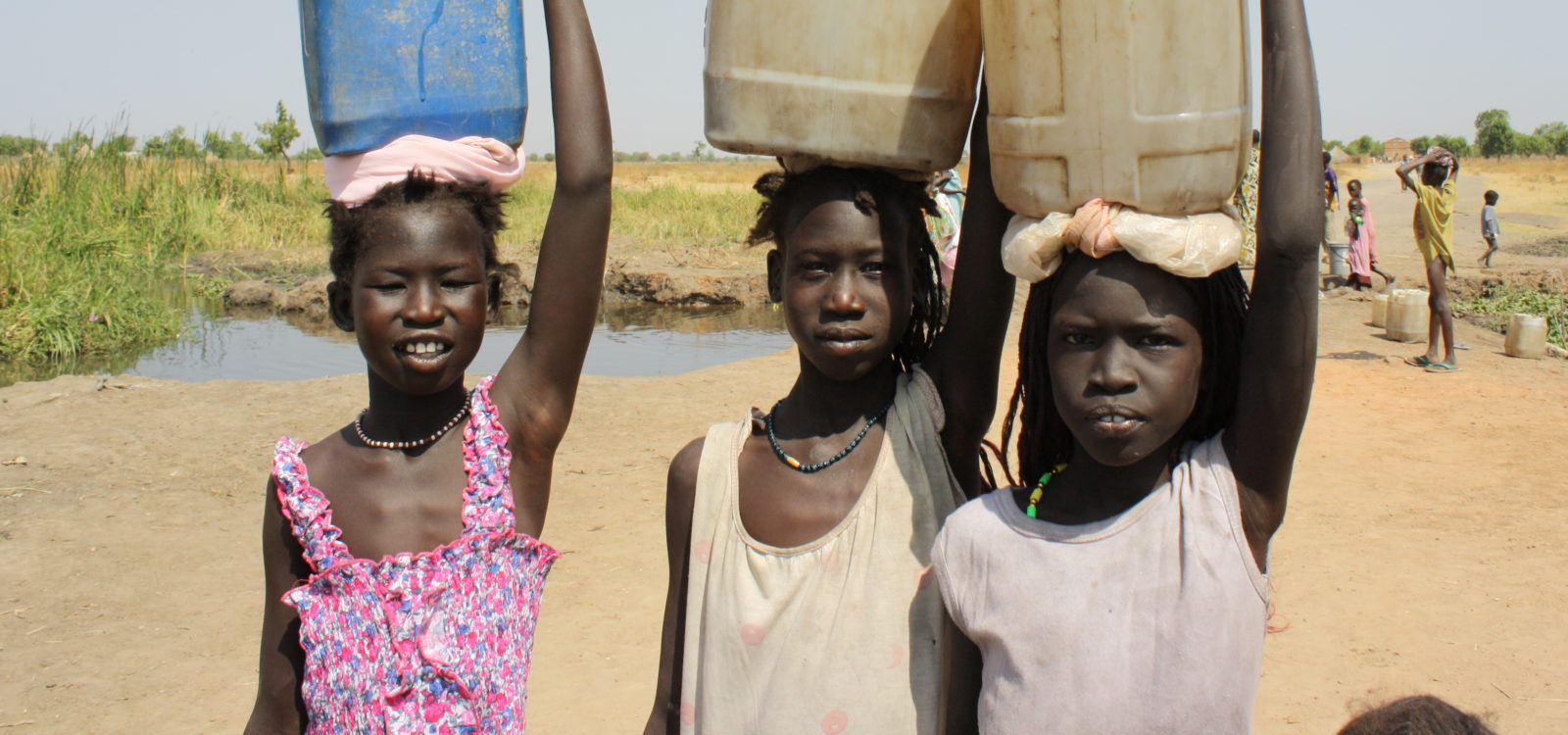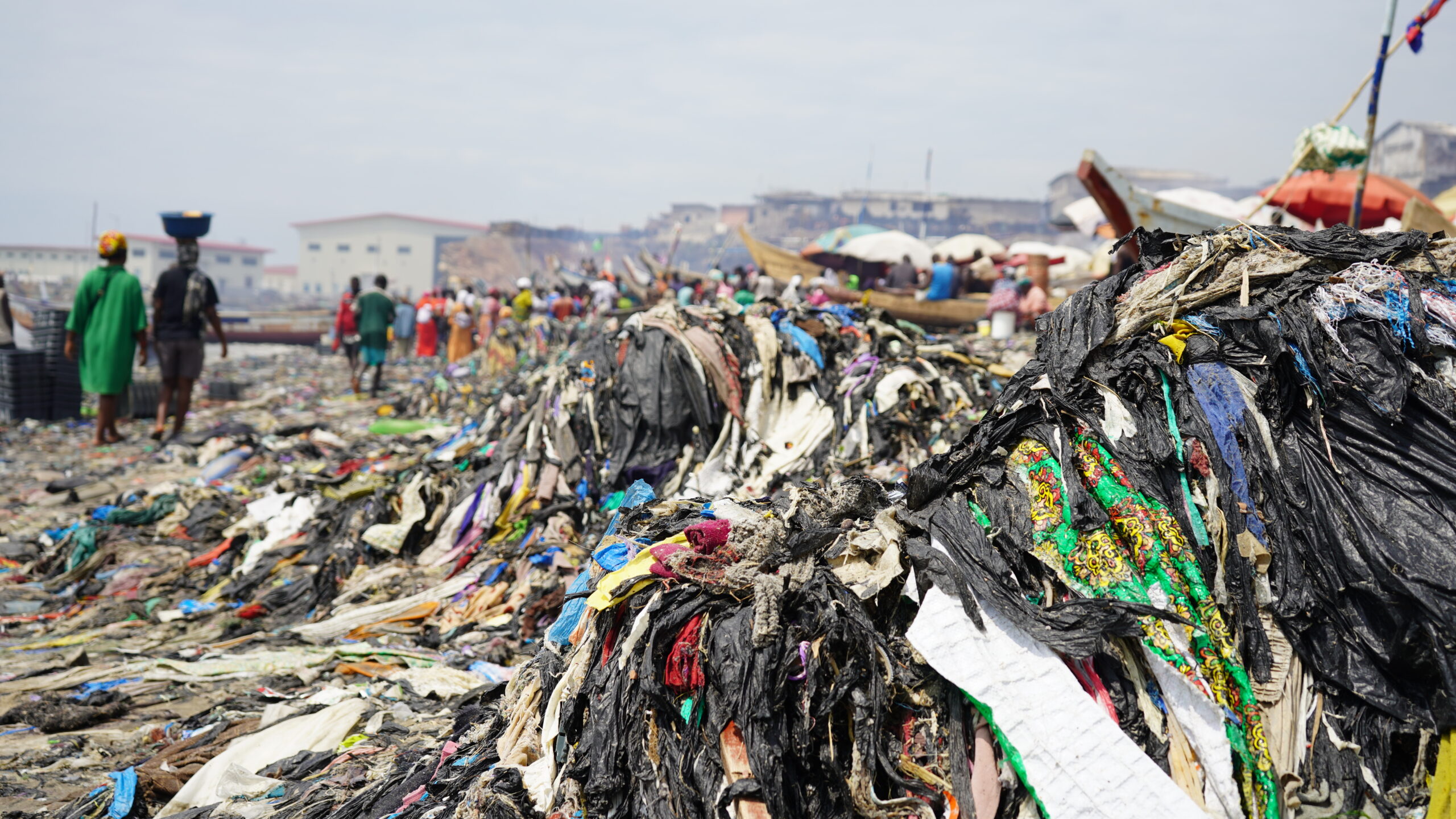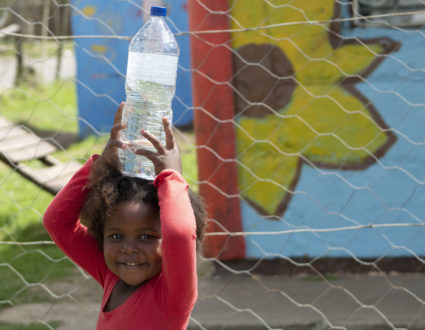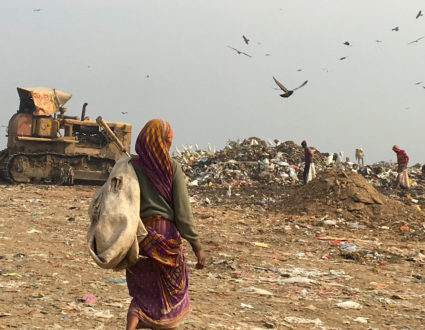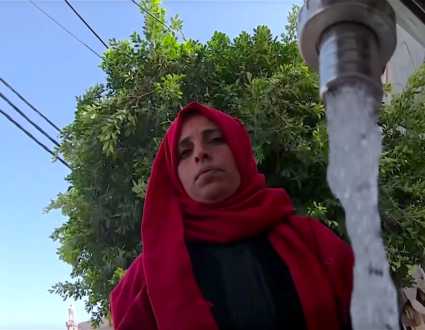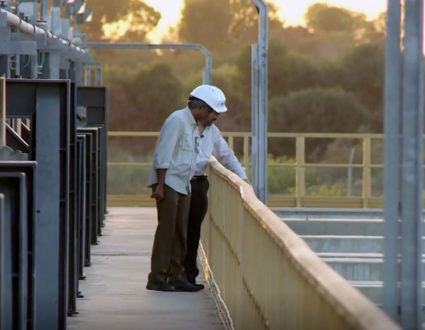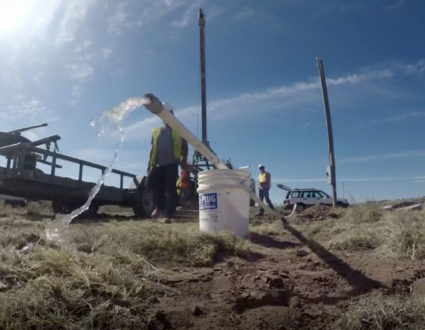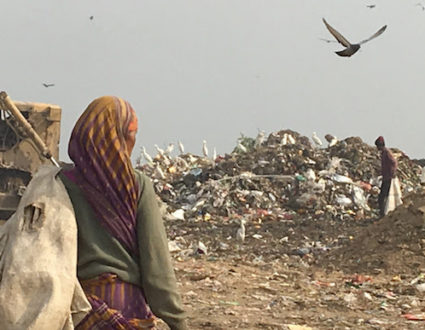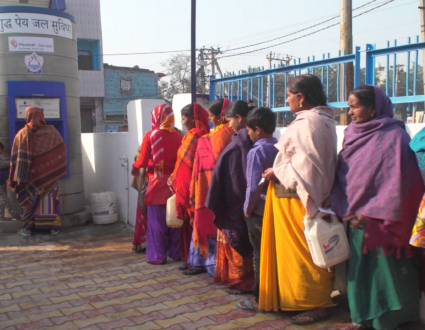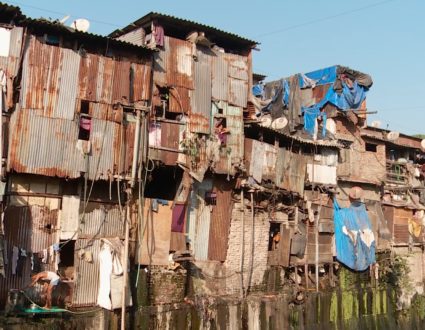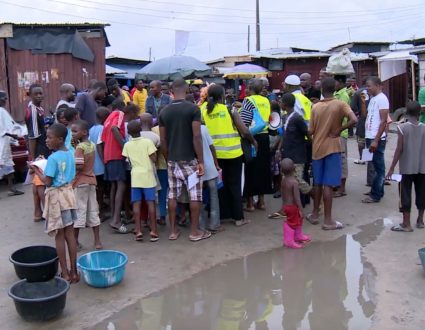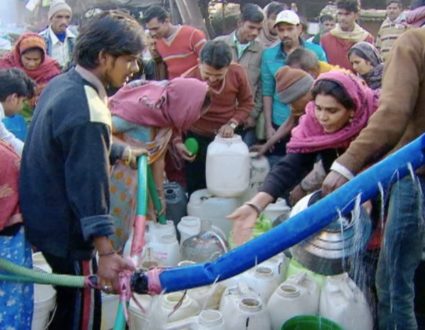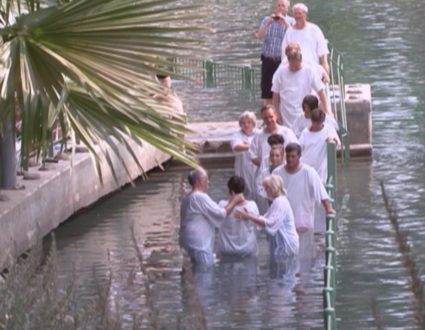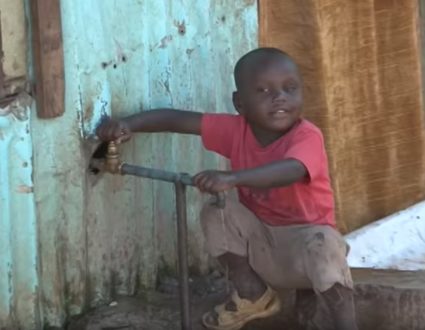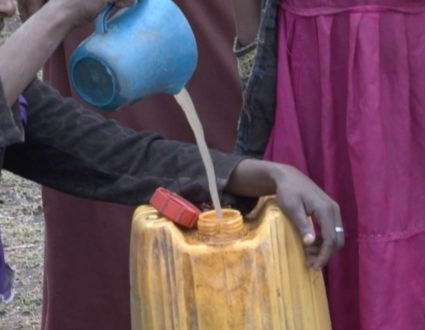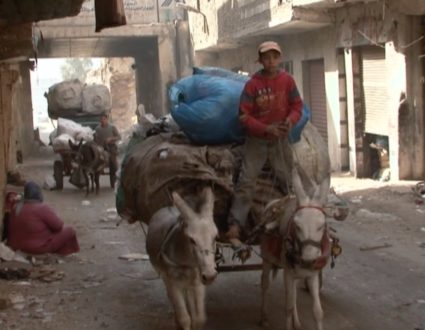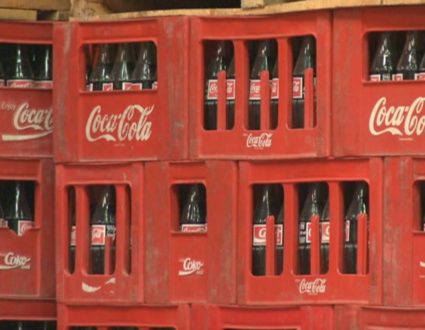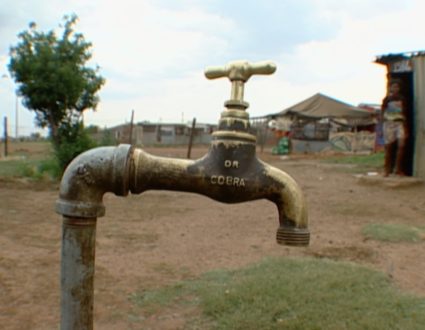A basic necessity
Clean water is a basic necessity taken for granted by many, but for millions of others it is a luxury without guarantee and a daily chore that is essential for maintaining health and livelihood. Our reports focus on both the immediate consequences of poor water access and the ripples created by this inequity in other realms.
Why does it matter
The World Health Organization estimates that contaminated drinking water accounts for 485,000 diarrheal deaths each year and that 785 million people lack even a basic drinking-water service. Infrastructure is either non-existent or overwhelmed in many densely populated urban areas, and the spectre of climate change threatens looms large. WHO estimates that by 2025, half of the world’s population will be living in water-stressed areas.
832,000
Die each year because they lack clean water access.
633 million
people live without access to clean water
Neglected populations
“A lack of clean water in the United States does exactly the same thing to families it does around the world. It impacts their health, their ability to hold down a job, to get an education, their ability to spend time with their kids, to play, to have a happy life.”
– George McGraw, Dig Deep
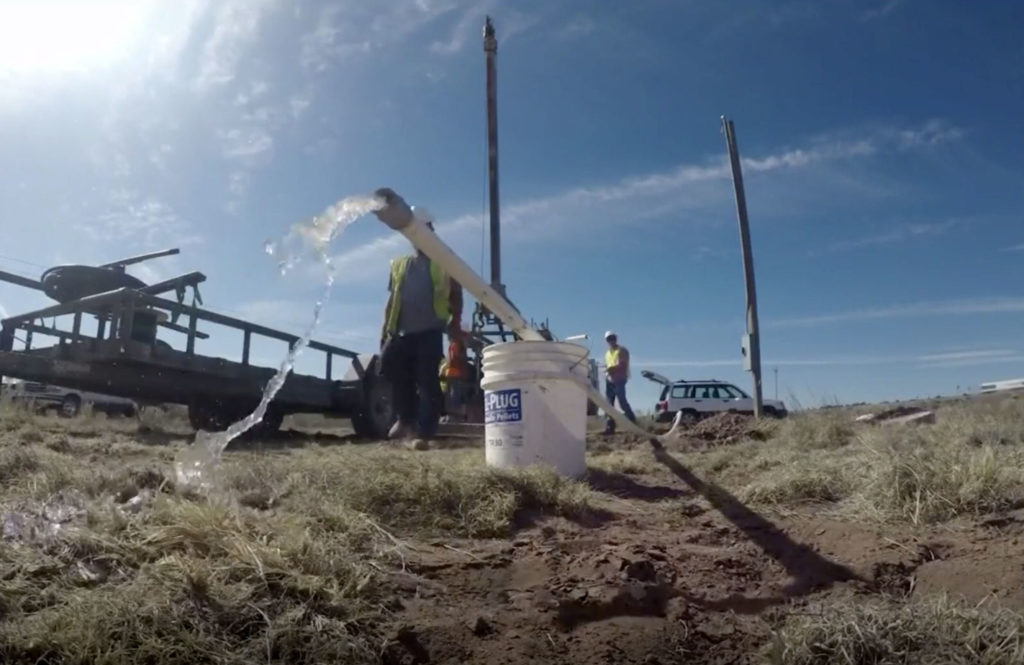
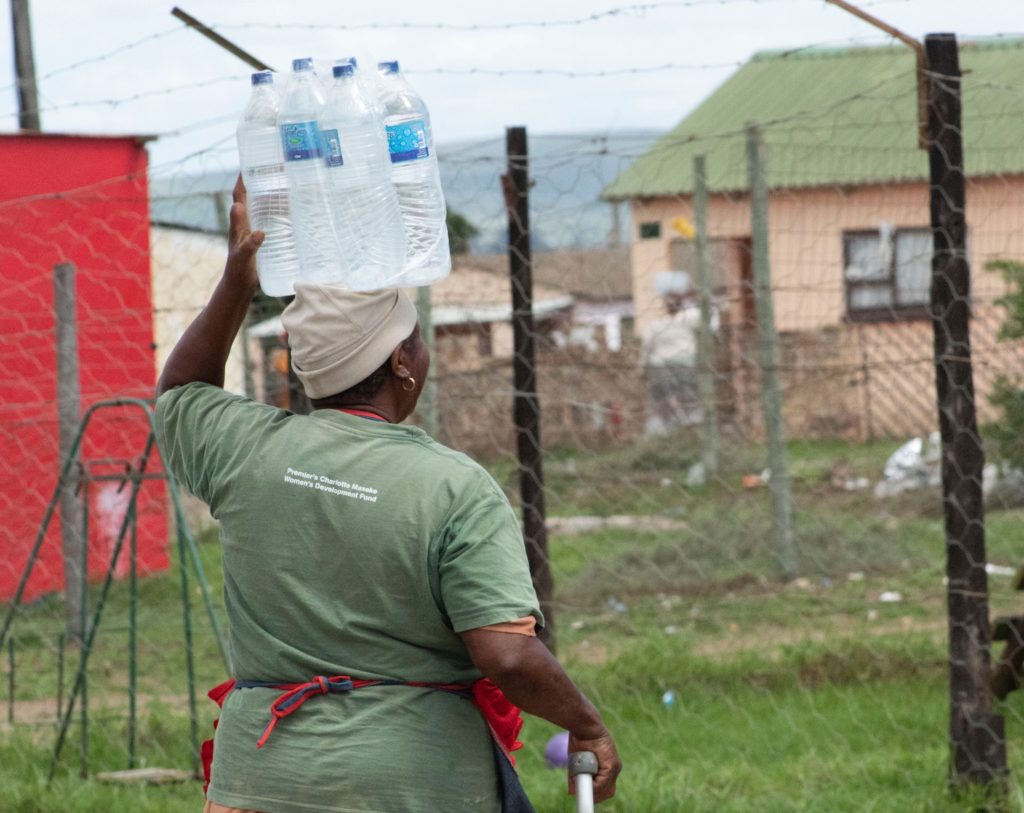
Infrastructure Failure
“Previously under apartheid, our water supply scheme very much targeted the white population, and there were people that were not accounted for. But it hasn’t been kept up and added to, and that’s where we’re at, at the moment.”
-Jane Tanner, Hydrologist
Increased Demand
“If the water wars happen, they will happen in places like this. Populations are dense. Resources are dwindling. Aspirations are high. This is where the conflict will happen.”
– Jyoti Sharma, water activist
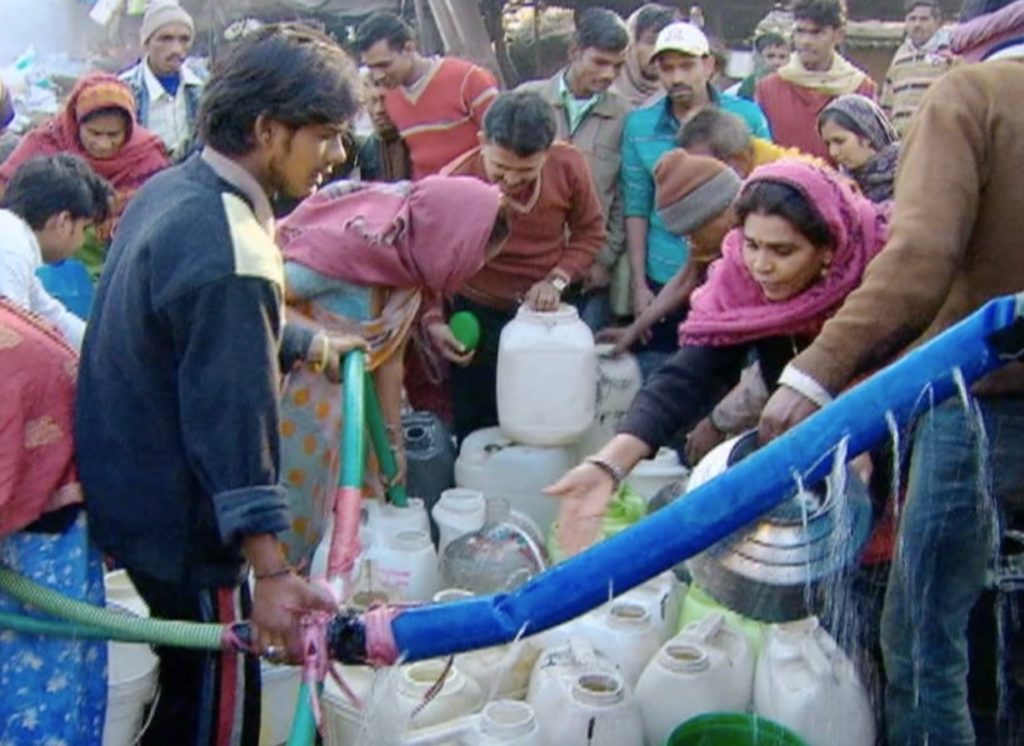
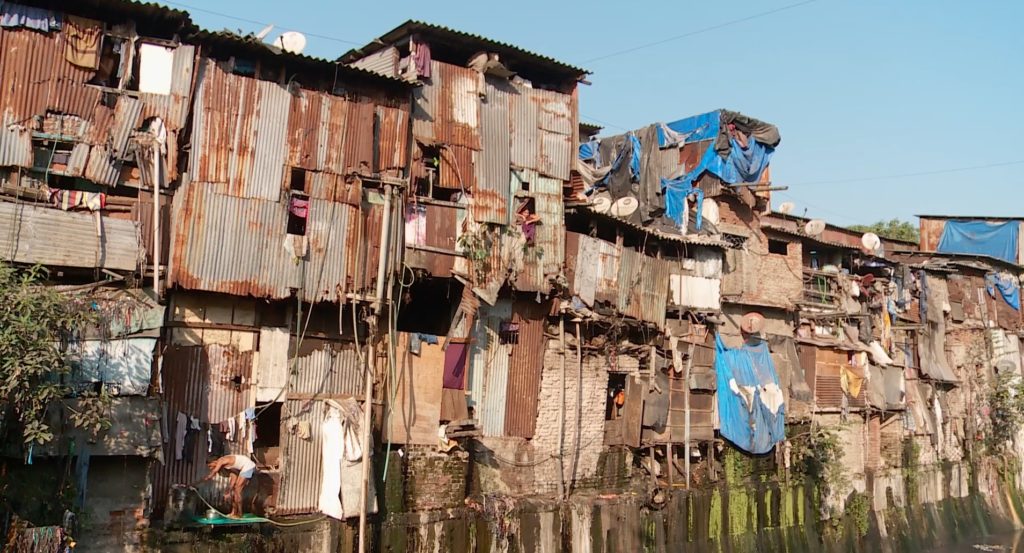
Dignity and Sanitation
“It is the dignity. If you don’t have a toilet, what does that mean?”
-Jockin Arputham, Slum Dwellers International
How to teach with our reports:
The short answer is in any way you see fit!
We suggest that you pick a report or topic, watch the video in class or assign it to your students. Then follow the discussion questions or write your own. Encourage your students to research beyond the piece. Find other examples of the issues reported on, analyze the characters that bring the story to life, or follow up on new developments since the story aired. Students can write their own reflections on the report, or analyze one of the many angles included in the story.
Be creative!
We would love to hear from you. Reach us at undertold@stthomas.edu to share how you’ve used our materials!
